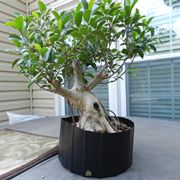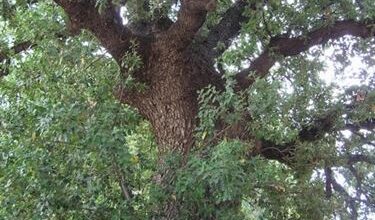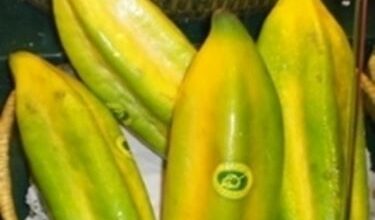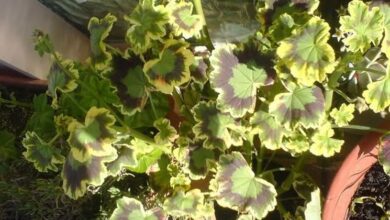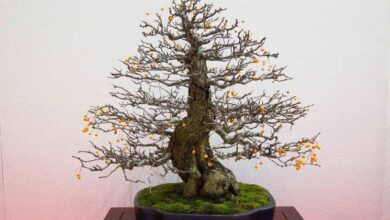Ficus rubiginosa
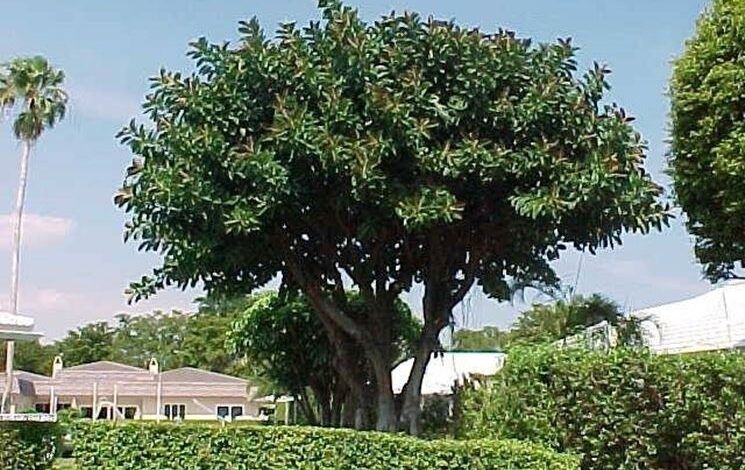
Ficus rubiginosa
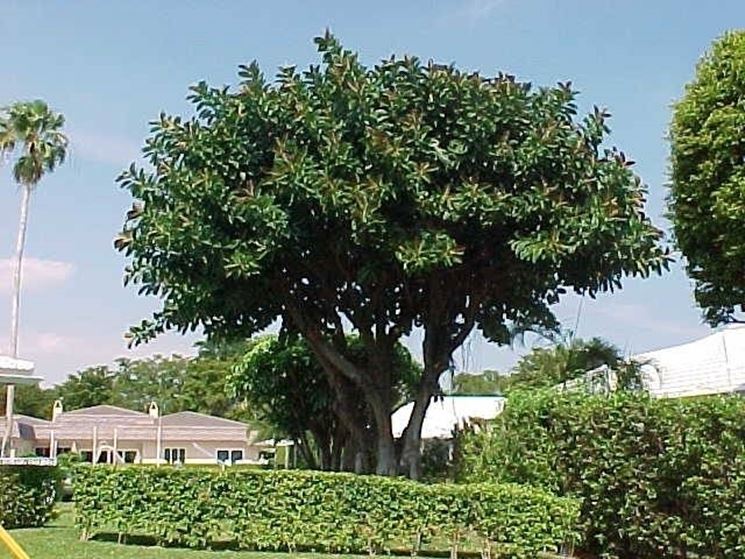
Cultivation
To ensure that this plant develops in the best way it is recommended to place the plant in particularly bright places. Unlike the other varieties of Ficus, this plant can also spend hours in direct sunlight. The ficus rubiginosa can withstand higher temperatures but what it does not tolerate are the temperatures that drop below zero. The ideal soil for this Ficus must be deep, loose, well drained and rich in elements. As far as irrigation is concerned, it is good to know that Ficus rubiginosa needs constant and regular watering and it is important that, between one watering and the other, the soil is dry. As regards the fertilizations, they must be done every 15 – 20 days by mixing liquid fertilizer with the water used for irrigation.
Curiosity
The fertilizer to use is a specific fertilizer for green plants, you can buy it in any plant shop. The Ficus rubiginosa has a sapling habit and by virtue of this it is advisable to plant it in a very large pot in order to protect the plant from gusts of wind (a too light pot could be moved or overturned). Ficus are very frequently attacked by parasites or take fungal diseases. As far as diseases are concerned, they are able to resist but are very sensitive to parasite attacks. To avoid that they are often attacked we should be careful and give the plant all the care it needs. The parasites that most attack these types of plants are mites, thrips and scale insects.
-
ficus australis
